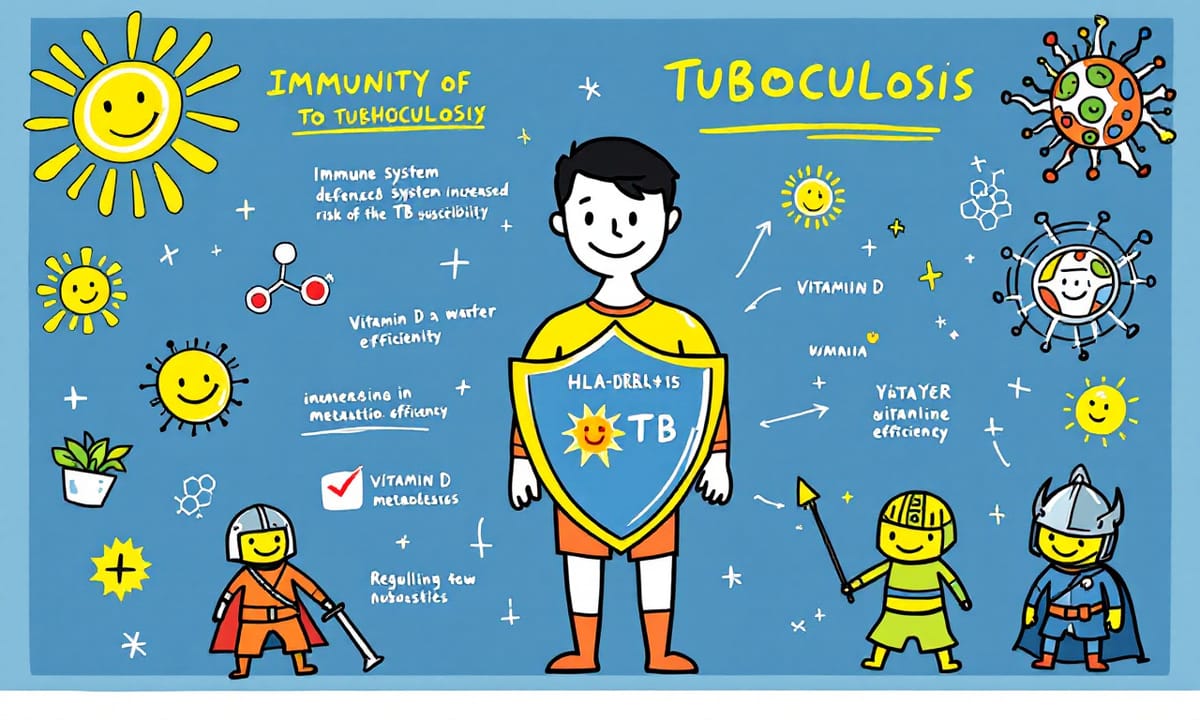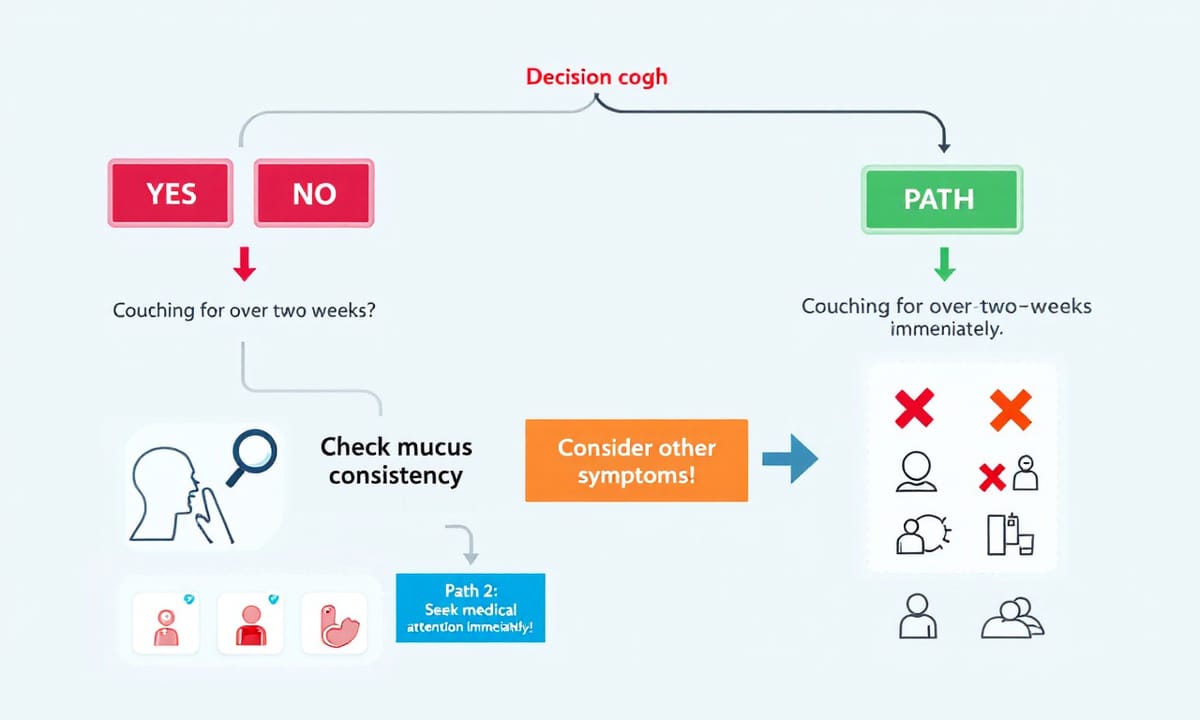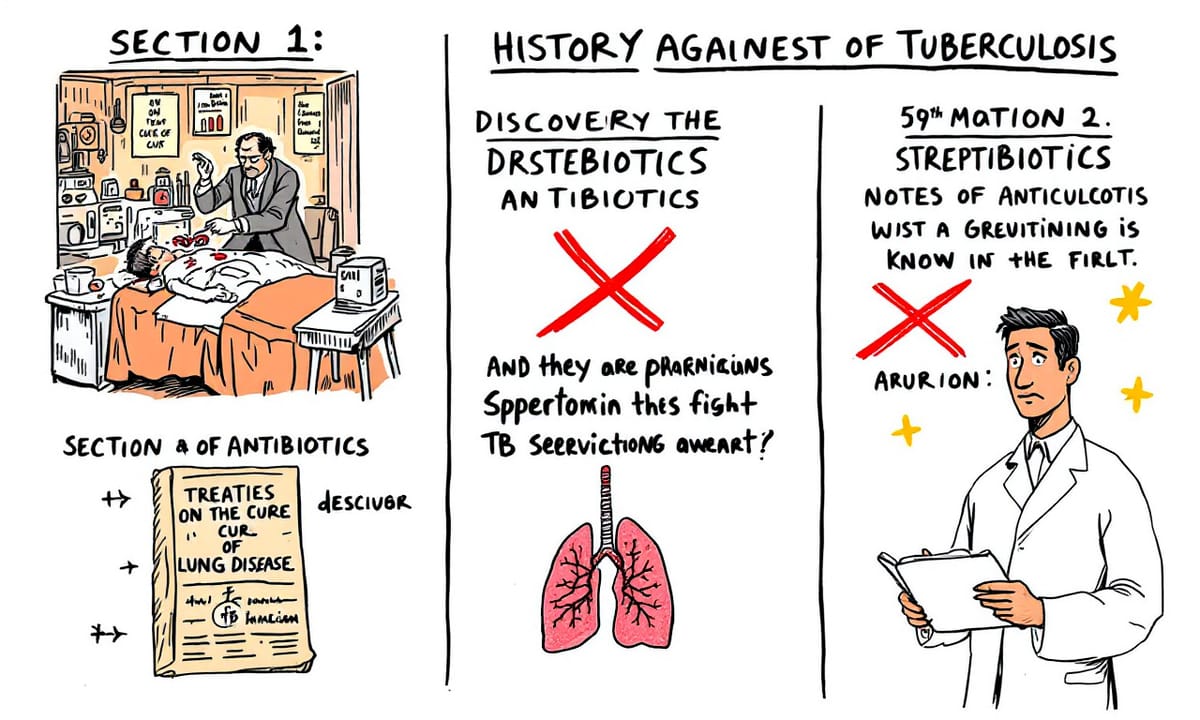馬上可以做的事 - 掌握這些步驟,有效降低結核病威脅,守住身體防線
- 留意持續咳嗽、胸痛、體重減輕等症狀,7天內諮詢專業醫療人員。
及早就醫有助於辨識潛在感染,減少傳播與併發症風險。
- 每年主動參加一次官方結核病篩檢或健康宣導活動。
定期檢查能及時發現潛伏感染者,提高預防治療保護力至9成以上。
- 遇疑似病例或自身處於高風險族群時,務必佩戴口罩並保持良好通風。
正確配戴口罩可立即降低空氣傳播機率,有效守護家人與同事健康。
- *遇到衛教疑問、不解專有名詞時,主動查閱官方資源或諮詢專業人員*。
正確認識結核防治資訊可避免錯誤觀念干擾自身判斷與行動。
你知道結核病可能就在我們身邊嗎?
說起來也有點尷尬,Faye那一年咳嗽拖了好一陣子,最初只覺得是換季的小感冒。Milo還記得,她總是邊喝熱水邊說「大概再過幾天就會好」。身邊人偶爾提醒,卻沒人特別當回事。後來某次夜裡突然喘不過氣,被家人催著去診所檢查,那種心情像是在賭運氣。其實在我們這些朋友圈裡,不時有人聊到咳很久才發現嚴重問題的事,好像不是什麼特別罕見的經歷。有時候回想起來,才覺得原來那種被忽略的小徵兆,其實離自己挺近的……
為什麼全球仍需重視結核病的威脅?
Comparison Table:
| 結論 | 解釋 |
|---|---|
| 吸入結核菌的風險 | 幾乎無法完全避免,尤其在空氣中漂浮時。 |
| 免疫系統反應 | 巨噬細胞和T細胞等免疫細胞會響應感染並試圖控制病菌。 |
| 早期症狀的重要性 | 咳嗽、夜間盜汗等初期症狀不可忽視,可能是身體發出的警示信號。 |
| 潛伏感染與活動型結核的關聯 | 亞洲地區潛伏感染轉為活動型結核的機率較高,部分人群在壓力下容易發作。 |
| 健康維護策略 | 定期接種疫苗、均衡飲食及及早就醫可以有效降低感染風險。 |

免疫力真的越強越好嗎?揭開對抗結核的真相
「免疫力不是越強越好嗎?」Faye那天在咖啡店遇到醫師朋友,原本以為身體的防禦機制愈堅固愈安全。結果對方卻皺眉糾正,好像還舉了幾個例子,其中有提到結核病這種狀況,有時候不是拼命增強抵抗力就沒事。Milo後來查過一些報導,說如果免疫反應太激烈,肺部可能會受傷,比單純感染還麻煩。Faye想了一下,好像以前在課堂上也聽過類似說法,只是都沒特別留意細節。有些事情,看起來簡單,其實背後理由蠻多的。
人體是如何層層防禦結核菌的?
免疫系統,說穿了其實有點像某種自動感應的防盜設備,不過它層層疊疊,有時候還分得不太明。第一關,差不多就像門口那排刷子和電子眼——鼻腔裡那些細微的毛髮、濕黏的分泌物,好像隨時待命,把外來的灰塵或什麼陌生東西擋在外頭。有些人覺得這種屏障作用好像不起眼,但少了它們,好像連打個噴嚏都容易惹出事端。再往內一點,那類似保全巡邏員的巨噬細胞,反應快但不是每次都能抓到壞蛋;它們碰到結核菌時,有時候會有點猶豫,不太確定要不要全力出擊。最後那道比較複雜,T細胞什麼的,大致就像後台智慧判斷系統,需要時間分析資料再決定怎麼處理疑難案件——有人說這三層合作起來才算完整,可現實裡總有卡住或漏掉的地方。

那些看似複雜的醫學詞彙,其實並不難懂!
其實,別急著被那些又長又難記的醫學名詞嚇退,說穿了,結核病這回事好像也沒那麼神祕。Faye偶爾會提起,那些看似複雜的運作原理,其實繞一圈回來,就是身體裡頭在搞自我防護。有時候Milo邊查資料邊忍不住想:為什麼大家都要把話講得那麼拗口?明明原理挺直白,比方說,免疫系統只是分工合作、幾個層次堆疊起來,各司其職。有朋友開玩笑形容成一層薄膜加點巡警,再加個小隊長,也差不多能抓到重點。偶爾看見新聞報導還會用很玄妙的比喻,但轉頭問問醫師,大多數也只會點頭微笑,強調不用想得太複雜。總之,別光因為字眼生疏就覺得遙不可及,有時候換個角度一拆解,好像就明白了七八分。
五個步驟告訴你免疫系統如何協作對抗結核菌
吸入結核菌這件事,好像誰都避不太掉,尤其在空氣裡飄著的時候。差不多就是一進到呼吸道,巨噬細胞很快就出來巡邏,也許還沒感覺到什麼特別。等到有異狀時,身體會像拉警報一樣通知其他免疫夥伴——T細胞啊、各種白血球之類的也跟著湧上前線。據說最後若控制得住,就會形成那種叫肉芽腫的小圍牆,把結核菌暫時困在裡面。有些醫院記錄(急診現場觀察)指出,每一步好像都缺一不可,但哪一個先出錯結果就很難預料。

你是否忽略了身體發出的警訊?注意這些症狀!
說到這些小毛病,像咳嗽或者晚上出點汗,Faye以前總覺得沒什麼,Milo也差不多,只當是天氣變了或太累。回想起來,其實那些好像不起眼的徵兆,有時身邊人也會忽略過,結果後來才發現事情並不單純。有時候大家聊起來才發現,不止一個人有過類似經驗。據說在醫院裡面,也常看到有人因為這種慢性的症狀拖著不去檢查,到最後才被診斷出問題。有人甚至講,那些持續咳嗽、微微發燒,其實都像是身體用自己的方式敲警鐘,只是不知道的人很容易就把它當作一般的小感冒或壓力大導致的不舒服。這樣的事情,好像每隔一段時間就會聽到一次。有朋友提過某些初步報導指出,醫療現場的確時常遇到這類狀況。不特別去注意,很容易讓潛在風險悄悄拉長時間線,到底哪一天才被認真看待,也許只能等下次再聽誰說起來了。
不同人的免疫反應為何差異如此之大?
為什麼有些人的身體,好像怎麼都擋不住結核菌?Milo偶爾會這樣想,畢竟明明平時也算注意健康。有人說是基因使然,也有醫師提過長期營養不均或者慢性病纏身時,巨噬細胞的效率就大打折扣。Faye在讀到某些初步報導時發現,亞洲地區潛伏感染轉成活動型結核的機率似乎特別高,雖然數字總是模糊,大概就是將近一半的人沒什麼症狀卻帶著病菌。這種情況下,有人只要遇到壓力或免疫低落就容易發作,但也不是每個人都會這樣。有段時間大家討論是不是環境污染、生活壓力太大造成的,可又有人反駁說國外空氣品質更好但感染仍舊不少。最後問題好像又回到了個體差異——到底關鍵藏在哪裡?

臨床現場中識別與隔離的重要性,你了解多少?
凌晨三點的急診室,好像什麼都安靜不下來。走廊上那種混著消毒水味道的悶熱空氣裡,有幾個人咳嗽得停不住,聲音時大時小,偶爾夾雜著誰喊痛或護士推車經過的輪子嘎吱聲。燈光有點刺眼,不少病人臉色泛白,身上的被單皺成一團,有些人看起來已經好幾晚沒睡好。旁邊大約七十多歲的大叔,每次喘氣都像要用盡全身力氣;另一頭則是年輕女生抱著毛毯,不知是不是發燒還是僅僅冷到發抖。初步報導偶爾提過,這種夜深人靜時,慢性咳嗽患者會特別多,可能因為夜間症狀加重,也有人說是白天忙碌忽略了異樣。醫護人員穿梭其間,他們口罩後面的表情看不清楚,只能從語調聽出點疲憊和焦急。有些記憶模糊了,但那些不停咳的人、壓低聲音討論檢查結果的家屬,都讓空間變得格外擁擠,好像每個角落都藏著未解的問題。
綜合防護策略:疫苗、營養和警覺心,該怎麼做才能守護健康呢?
其實要說怎麼做,好像也沒什麼神秘公式。疫苗這件事,通常兒童時期會打過卡介苗,大人反而容易忘記這層防線還在。偶爾聽到誰家小孩剛出生就安排了,但成年後能不能補強,好像各國規定又不太一樣。有些人身邊明明飲食很隨便,也沒特別生病,結果遇到壓力或熬夜,抵抗力一下子垮掉。營養部分倒也不是非得精算,每餐多種蔬菜、適量蛋白質,其實對免疫系統有幫助,只是沒感覺到立竿見影而已。平常如果有咳嗽拖著不理,或者晚上睡不好、微微發熱那種狀態,其實蠻多人以為小毛病自己會好,Faye就曾經差點忽略了。Milo後來慢慢學會,只要出現反覆症狀,不確定就去診所問一下,有時候醫師一句話,比自己猜想管用多了。三角戰術聽起來複雜,落實下來倒是零碎的小動作:定期打疫苗、吃得均衡、有事早問專業人士,大概就是這樣吧。




















































